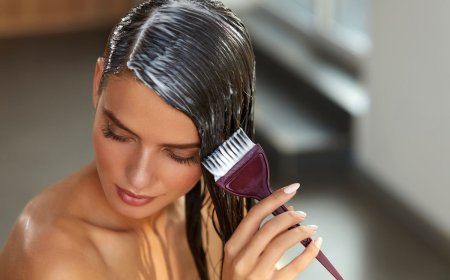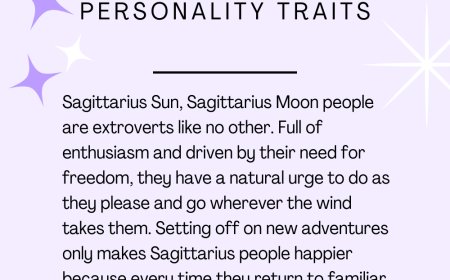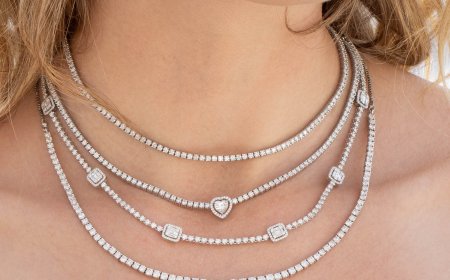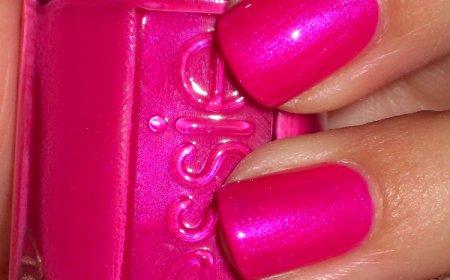Purple Shampoo Before & After: Does It Really Work?
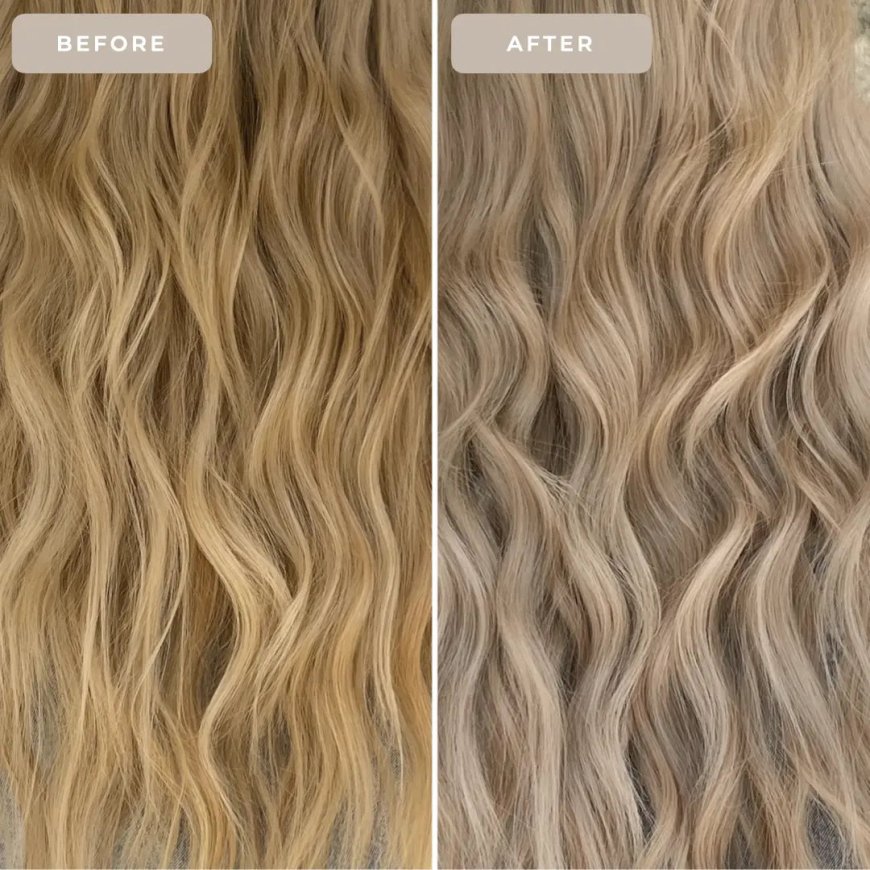
Many individuals, especially those with blonde, gray, or highlighted hair, have encountered the intriguing product known as purple shampoo. This cosmetic innovation has gained monumental popularity in recent years, with numerous testimonials circulating online, depicting stunning transformations. However, a question pervades the minds of many consumers: does purple shampoo truly deliver on its promises? This article will delve into the science behind purple shampoo, its effectiveness, and the expectations that accompany its use.
Understanding the basis of purple shampoo involves comprehending color theory, particularly the color wheel’s application in hair care. Purple shampoo operates on the principle of color neutrality, wherein opposite hues on the color wheel can counteract one another. In the realm of hair color, yellow and brassy tones often emerge in blonde or gray hair due to various factors such as sun exposure, environmental pollutants, and the wear and tear of daily life. Purple is the direct opposite of yellow, and applying purple shampoo can neutralize those unwanted warm tones, thus enhancing the hair’s overall appearance.
While the concept sounds deceptively simple, its execution and outcomes can be decidedly more complex. Purple shampoos contain pigments that, when applied to the hair, latch onto the porous areas of the strands. The effectiveness of these pigments largely depends on the formulation of the shampoo, the length of time it is left on the hair, and the initial condition of the hair itself. Furthermore, the results may vary significantly among different individuals, raising questions about the reliability of purple shampoo as a revolutionary product in hair care.
The formulation of purple shampoo can vary widely among brands and products. Ingredients such as sodium lauryl sulfate (SLS) and sodium laureth sulfate (SLES) are often found in traditional shampoos, aimed at providing a rich lather and thorough cleansing. However, individuals with sensitive scalps or color-treated hair often seek sulfate-free alternatives, as sulfates may lead to dryness and potential color fading. Some purple shampoos feature natural ingredients like lavender and chamomile, which not only add soothing properties but also contribute to the overall aesthetic appeal of the product.
Another aspect to consider is the presence of conditioning agents. Some purple shampoos incorporate moisturizing components, such as argan oil, coconut oil, or shea butter. These ingredients can enhance hair texture, preventing damage and ensuring that the hair remains manageable post-use. Evaluating the ingredients on the product label is vital to optimizing the benefits of purple shampoo, as a well-balanced formulation can provide both coloration and nourishment.
It is essential to establish realistic expectations regarding the use of purple shampoo. While many users report visible reductions in brassiness, results are typically not immediate or uniform. Most users will require consistent use over several weeks to observe significant changes. This is particularly true for those with severely brassy hair, as the cumulative effect of the purple pigments can offer a long-lasting solution, whereas sporadic use may yield limited benefits.
Furthermore, it is important to understand the application process to achieve the desired results. Proper usage involves applying the shampoo to wet hair, allowing it to sit for a defined period, usually between 3 to 10 minutes, before rinsing thoroughly. Overuse of purple shampoo can lead to unintended results, such as a lavender tint, especially for individuals with lighter hair. Therefore, it is advisable to start with limited application to gauge how one’s hair responds to the product.
Many individuals who use purple shampoo seek to address the everyday challenges that come with maintaining vibrant hair color. For these users, managing hair during the intervals between salon visits is a common concern. Purple shampoo contributes to an at-home tonal adjustment, mitigating brassiness and extending the life of salon treatments. However, it should not be perceived as a complete replacement for professional color services. Regular visits to the salon for color maintenance, alongside the use of purple shampoo, is suggested to sustain optimal hair health and color vibrancy.
When considering the results of using purple shampoo, one must also factor in the hair type and condition prior to application. For individuals with porous or damaged hair, the effectiveness of purple shampoo may differ considerably compared to those with healthy or newly colored hair. In some cases, a clarification shampoo may be recommended prior to utilizing purple shampoo to ensure its pigments are more effectively absorbed.
After discussing the potential advantages and mechanisms behind purple shampoo, it is crucial to examine the accompanying drawbacks. Some users may experience a drying effect resulting from the formulation's synthetic compounds. Moreover, the application of purple shampoo may not fully address underlying hair health issues, such as excessive breakage or dryness resulting from other styling products or environmental factors. This underscores the importance of a comprehensive hair care routine that includes a balance of cleansing, conditioning, and nourishing treatments.
In conclusion, purple shampoo presents a viable solution for individuals grappling with brassiness in blonde, gray, or highlighted hair. The science behind its effectiveness lies in color theory and the strategic application of pigments. While positive transformations are frequently reported, it is essential for users to approach purple shampoo with realistic expectations and to consider individual hair types and conditions. By incorporating purple shampoo as a complement to a holistic hair care regimen, users may achieve satisfactory results and maintain the vibrancy of their hair color over time.
What's Your Reaction?
 Like
0
Like
0
 Dislike
0
Dislike
0
 Love
0
Love
0
 Funny
0
Funny
0
 Angry
0
Angry
0
 Sad
0
Sad
0
 Wow
0
Wow
0

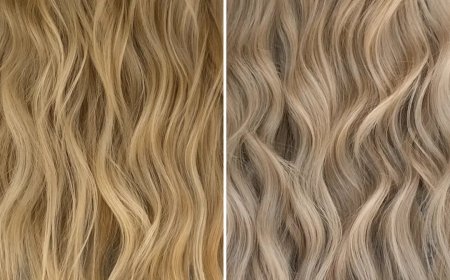
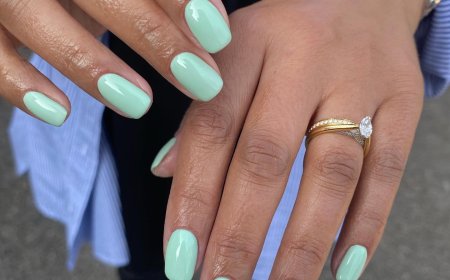
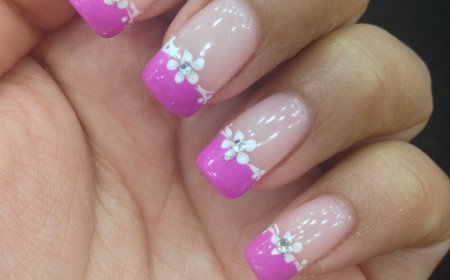



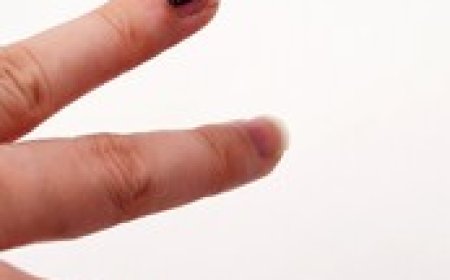
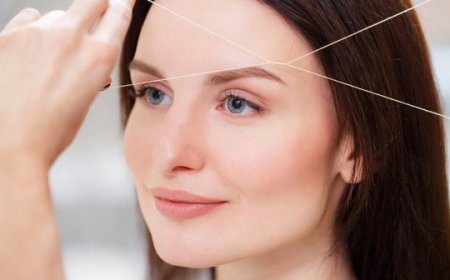
:max_bytes(150000):strip_icc()/drugstore-retinol-creams-tout-f76b9d2796e34eaa8376801c83fb1888.jpg)
